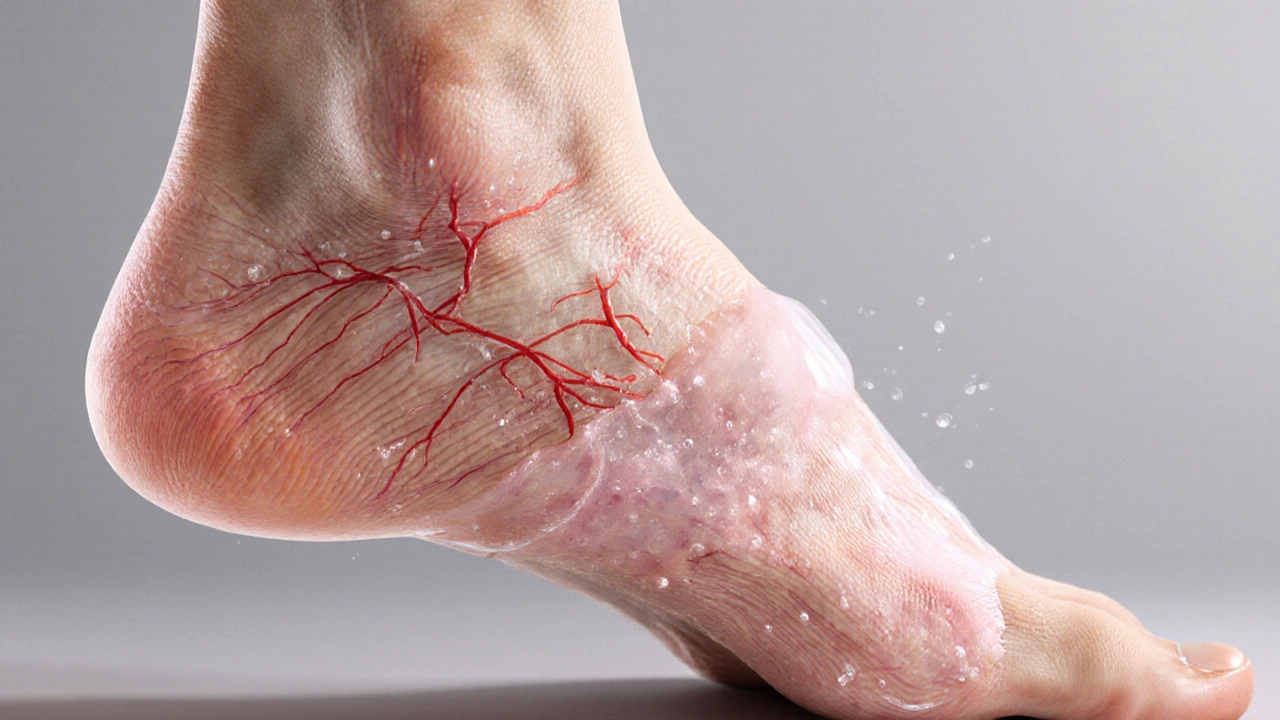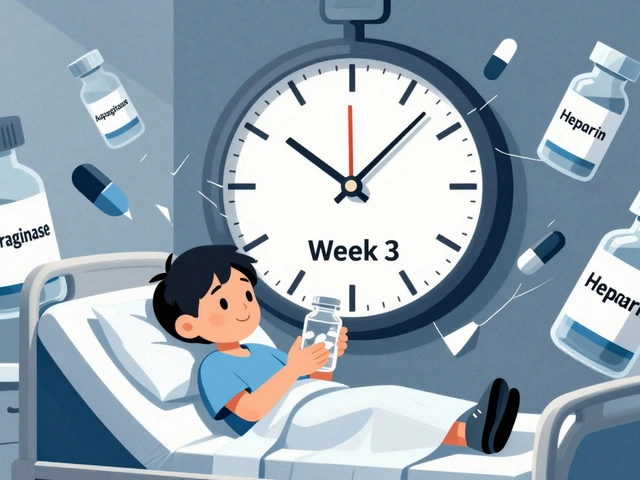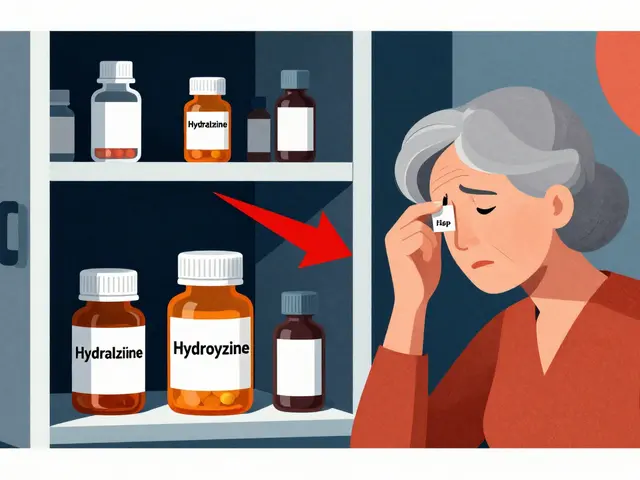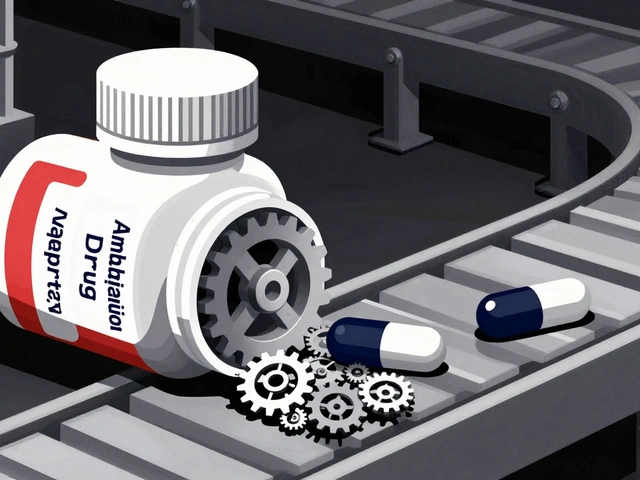Edema Treatment: Proven Ways to Reduce Fluid Buildup
When dealing with Edema Treatment, the medical approaches used to lessen excess fluid in the body's tissues. Also known as fluid retention therapy, it combines medicines, physical measures, and daily habits to bring swelling down. Below you’ll see how each piece fits together and why they matter for a smoother recovery.
One of the most common tools is Diuretic Therapy, medications that tell the kidneys to excrete more water and salt. By increasing urine output, diuretics directly lower the pressure that forces fluid into the interstitial space. Loop diuretics such as furosemide are especially powerful for acute cases, while thiazide‑type drugs work better for chronic, mild swelling. The choice depends on kidney function, blood pressure, and the underlying cause of the edema.
Key Strategies for Managing Edema
Physical support comes next with Compression Therapy, the use of specially fitted garments or wraps that apply graduated pressure to limbs. This pressure pushes fluid back toward the heart and improves venous return, which is why compression stockings are a go‑to for leg swelling caused by chronic venous insufficiency. Proper fit is crucial; too loose offers no benefit, too tight can damage circulation. Many patients pair compression with leg elevation for added effect.
When the swelling stems from heart or kidney issues, doctors often turn to ACE Inhibitors, drugs that relax blood vessels and reduce the workload on the heart. By lowering systemic blood pressure, these agents decrease the hydrostatic forces that push fluid out of vessels, indirectly easing edema. They’re frequently combined with diuretics for a two‑pronged approach, especially in patients with heart failure or diabetic nephropathy.
Beyond pills and garments, Lifestyle Modification, daily habits like low‑salt diets, regular exercise, and weight management plays a silent but powerful role. Sodium holds onto water, so cutting processed foods and adding potassium‑rich veggies can shrink swelling without a single dose. Light activity—walking, swimming, or gentle yoga—stimulates muscle pumps that move fluid upward. Even simple leg‑raising while seated can cut overnight leg swelling by up to 30 percent.
All these pieces—medication, compression, and lifestyle—create a cohesive plan that tackles edema from several angles. Understanding how effective edema treatment works helps you pick the right mix for your situation and avoid trial‑and‑error frustrations. Below you’ll find articles that dive deeper into each method, compare options, and give step‑by‑step tips you can start using right now.

Swelling Explained: Causes, Types, and How to Reduce It
Learn why swelling happens, the difference between inflammatory and non‑inflammatory edema, when to seek help, and practical steps to reduce puffiness.
read more




